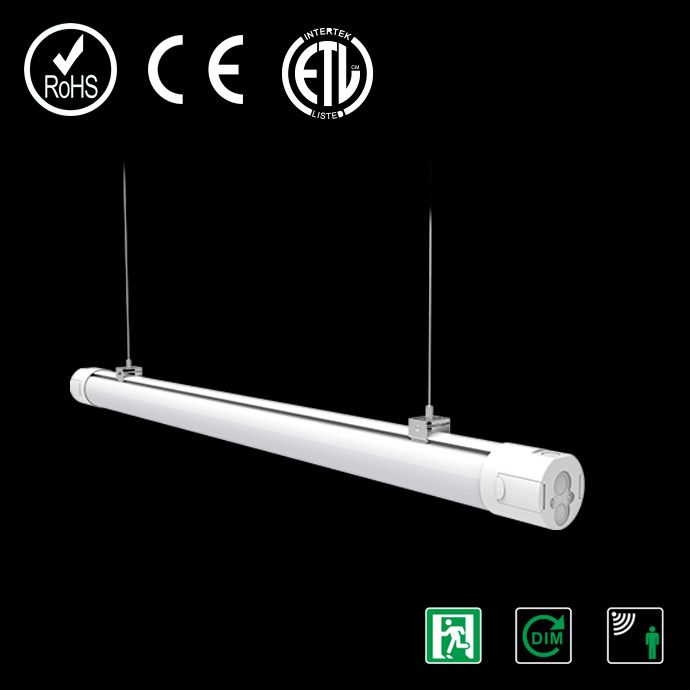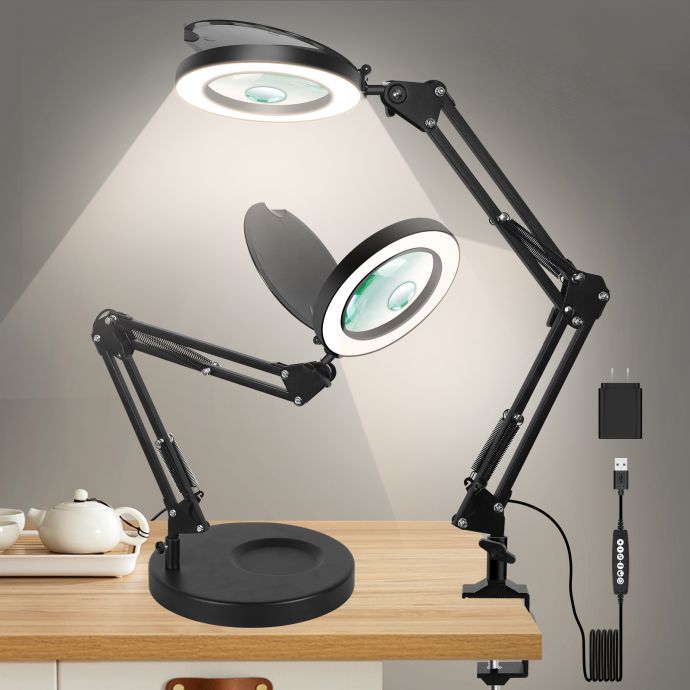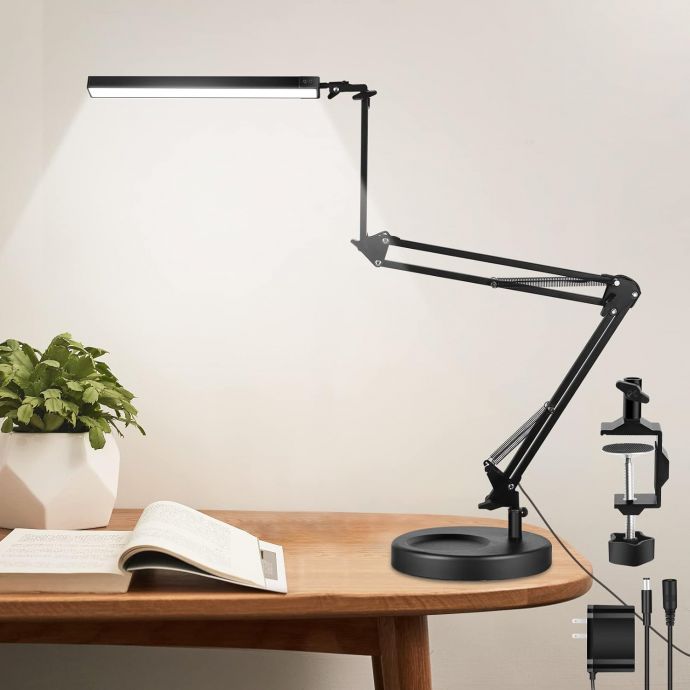In the ever-evolving world of electronics and DIY projects, efficiency and precision are key. Hobbyists and professionals alike are constantly seeking ways to enhance their workstations, aiming for setups that not only boost productivity but also improve the quality of their work. One innovative tool that has captured the attention of many is the 'helper hands' camera mount, a seemingly small addition that can revolutionize your soldering station.
For those unfamiliar with 'helper hands,' these are usually small, adjustable tools equipped with alligator clips and a magnifying glass used to hold components in place, freeing up the user's hands for more intricate tasks. The evolution of this essential tool into a camera mount brings an array of benefits that can significantly enhance your soldering experience.

First and foremost, the integration of a camera into your soldering station provides an unparalleled level of accuracy and documentation. With a camera mount, users can easily record their entire soldering process, capturing minute details that might be missed by the naked eye. This high level of accuracy is invaluable for troubleshooting and reviewing soldering techniques. By playing back recordings, users can identify any errors or inefficiencies in their methods, fostering an environment of continuous improvement.
Furthermore, camera mounts attached to helper hands are pivotal for educational purposes. Whether you are teaching electronics to students in a classroom setting or sharing your expertise through online tutorials, having a clear, up-close view of your work can dramatically improve the learning experience. When learners can see exactly what is happening, step by step, they are more likely to understand and replicate the techniques being demonstrated. This visual aid bridges the gap between theory and practice, making complex soldering tasks more accessible to beginners.
In addition to aiding instruction and personal development, helper hand camera mounts facilitate remote collaboration and consultation. In our increasingly interconnected world, the ability to share live, high-definition footage of your work with colleagues or mentors can be immensely beneficial. Real-time feedback can be provided, and collaborative problem-solving becomes more dynamic, as if everyone involved is gathered around the same workstation.

Another noteworthy advantage of using a camera-mounted system in your soldering setup is the reduction of eye strain and fatigue. Traditional soldering often requires hunching over small components, which can be taxing on the eyes and body over extended periods. With a camera projecting the image onto a larger screen, users can maintain a more comfortable posture and reduce the strain on their eyes. This ergonomic improvement can lead to longer, more productive work sessions without the physical toll that typically accompanies intricate soldering tasks.
Moreover, these camera mounts are often designed to be highly adjustable, allowing for complete customization of the viewing angle and focus. This flexibility ensures that you can capture exactly the part of your work you want—no more struggling to get the perfect angle with a fixed-position tool. Whether you're working with small, delicate circuit boards or larger, more robust components, a camera mount can adapt to suit your needs.
When considering the integration of a camera-mounted system, it's important to note the variety of options available on the market. From basic setups that attach directly to existing helper hands, to advanced systems with additional features like LED lighting and variable zoom, there's a solution tailored to every skill level and budget. For those just starting out, an affordable, basic camera mount might be the best choice, offering enough functionality to enhance the soldering experience without being overwhelming. On the other hand, seasoned professionals might opt for a more sophisticated system that provides additional capabilities, such as Wi-Fi connectivity for direct streaming or cloud storage.

While it's clear that the incorporation of a camera into your soldering station offers numerous benefits, it's also worth considering how this innovation can inspire further improvements in your workspace. As technology continues to advance, so too do the tools we use. The integration of cameras with helper hands may prompt tinkerers and professionals alike to explore other enhancements, such as automated soldering irons or AI-powered diagnostic tools. This spirit of innovation and adaptation is at the heart of the modern electronics landscape.
To sum up, integrating a 'helper hands' camera mount into your soldering station is more than just a trendy upgrade; it's a strategic decision that can drive accuracy, learning, and collaboration. As the lines between traditional hands-on work and digital technology continue to blur, those who embrace these hybrid solutions will likely find themselves at the forefront of the field. Whether you are an educator, a hobbyist, or a seasoned professional, the benefits of this simple yet effective tool can transform your working experience, facilitating creativity and precision in ways previously unimagined. Therefore, as you consider ways to optimize your soldering setup, contemplate the addition of a camera mount and experience firsthand the revolution it brings to your workstation.





